8. 9. 2022
How to choose the proper magnetic separator
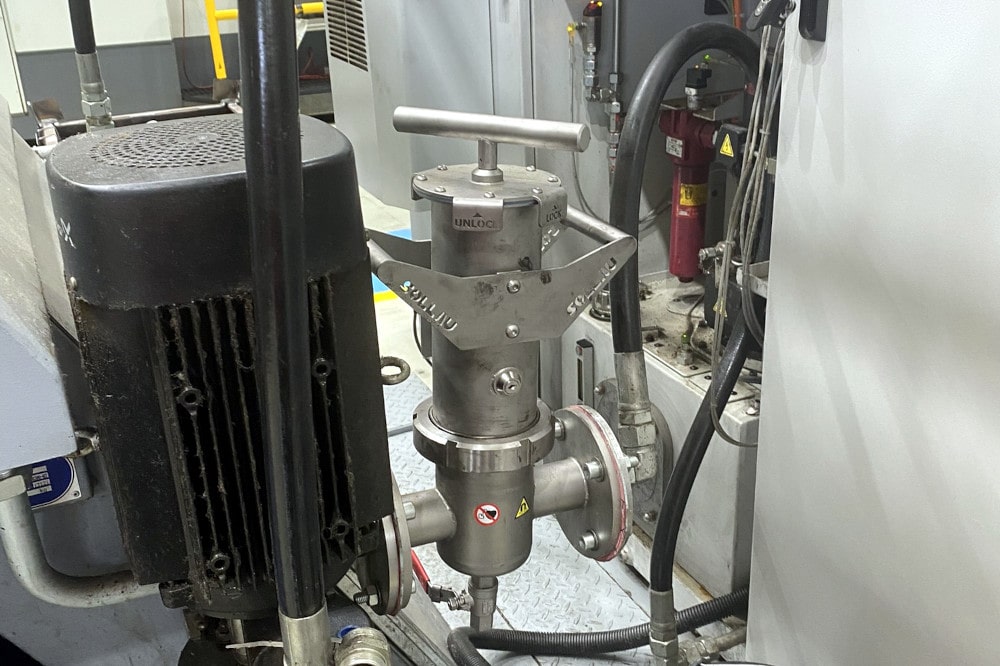
Many of our clients believe that it is enough to purchase a device equipped with permanent magnets in one of the specialized e-shops when they need to capture ferrous particles. Unfortunately, the initial delight in the quick and bargain purchase is often swiftly replaced by disappointment. And clients turn to us complaining that their new magnetic separator is not working and ask us to repair it.
They are completely unaware of how complicated the field of permanent magnets is and how many significant changes have taken place over the past 90 years in this sector. New materials were discovered and developed and modern technologies were applied. In 1930s first magnets made of an alloy of aluminum, nickel, cobalt, and iron (abbreviated AlNiCo) began to be used to trap iron tramp.
Around the 1960s the production of magnets based on ceramic oxides (ferrites) began (their magnetic strength is more or less comparable to AlNiCo-type magnets). And in the 1980s, the first magnets started to be manufactured from alloys of rare earth elements. At the very beginning it was a mixture of samarium and cobalt, later the strongest, so-called neodymium magnets (composed of neodymium, iron and boron) were manufactured - these can capture even the finest or weakly magnetic particles (such as ferrous rust, dust, weakly magnetic stainless steel etc.).
Therefore, choosing the proper magnetic separator from such a wide magnet material portfolio may not be easy at all. Besides, the application possibilities of magnetic separation are constantly expanding. Magnetic separators are available in various designs, for universal as well as only narrowly specialized applications, with manual or automatic cleaning, for continuous or discontinuous production lines etc. It is also useful to take into account the fact that the ferrous particles represent up to 70 % of all metal contaminants. Their presence in the processed material can lead to damage to processing machinery as well as to the contamination of the final product. As for the origin of the iron tramp, this can get into the products from many sources: from the machinery (like mills, crushers, saws, knives etc.), from transport technologies or means of transport, as abrasion dust as well as by human intervention unintentional or even intentional.
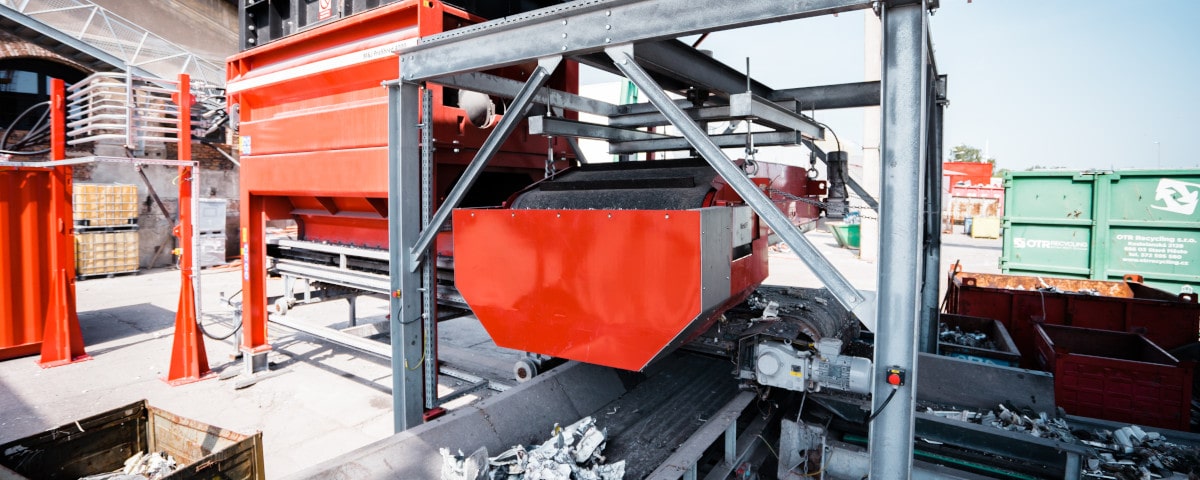
The fastest (and also the cheapest) way how to remove the iron tramp and achieve the necessary purity of the final product is the application of a magnetic separator. However, a whole range of facts must be evaluated while selecting the proper magnetic separator, in particular, the following ones:
Characteristics of the cleaned material
Large pieces, abrasive particles or viscous materials with bridging (= building up of material) characteristics can damage or block some types of magnetic separators.

Characteristics of the ferrous particles
The type of magnets and the method of cleaning the separator depend mainly on the percentage content, size and type of the ferrous contamination. Further on, it is necessary to take into account also the required level of purity of the final product for example, the manually cleanable separators are cheaper and energy saving, but they are not suitable for materials with a high content of ferrous particles. And the neodymium magnets can separate even micron iron particles at a short distance, while ferrite magnets can attract larger objects even from a distance of several tens of centimeters. So, the definition of the iron tramp properties is one of the key parameters for the selection of the proper magnetic separator.
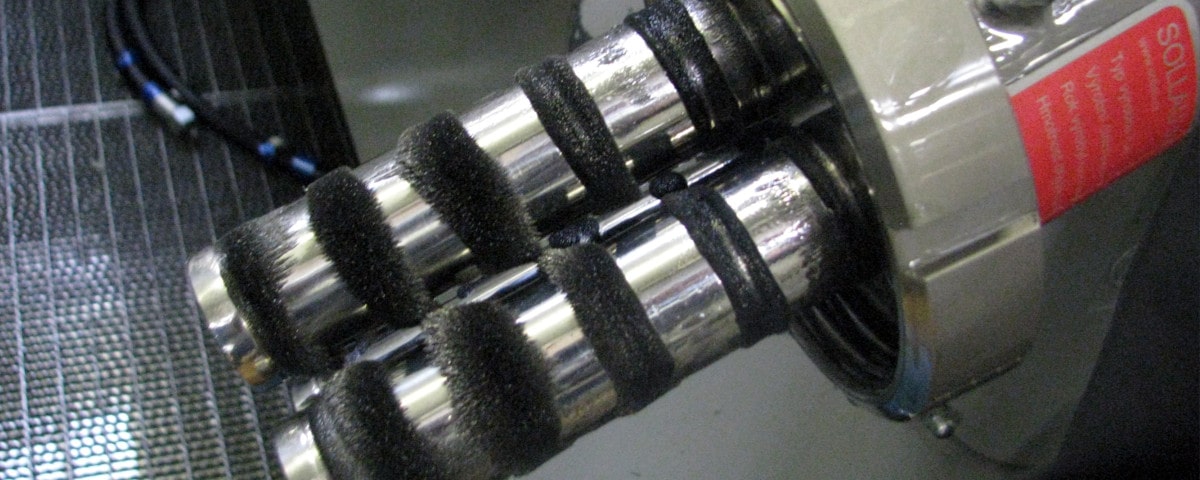
Temperature
The efficiency of some types of permanent magnets decreases significantly with increasing temperatures (and some losses of the magnetic strength are even irreversible). Therefore, when selecting a magnetic separator, the environment and material temperatures that will affect the magnet during the separation process always need to be specified.
Operating conditions
The best separation results are achieved when the thinnest possible layer of the contaminated material gets as close as possible to the magnetic core. Another very important factor for the selection of the proper magnetic separator are the flow characteristics.(i. e., if the material flows through the separator continuously or not, if he material flow can be interrupted for cleaning or if a self-cleaning separator is required). Also, the assumed separator location (indoor x outdoor) is not insignificant, as separators exposed to e. g. weathering must be designed for such an application.
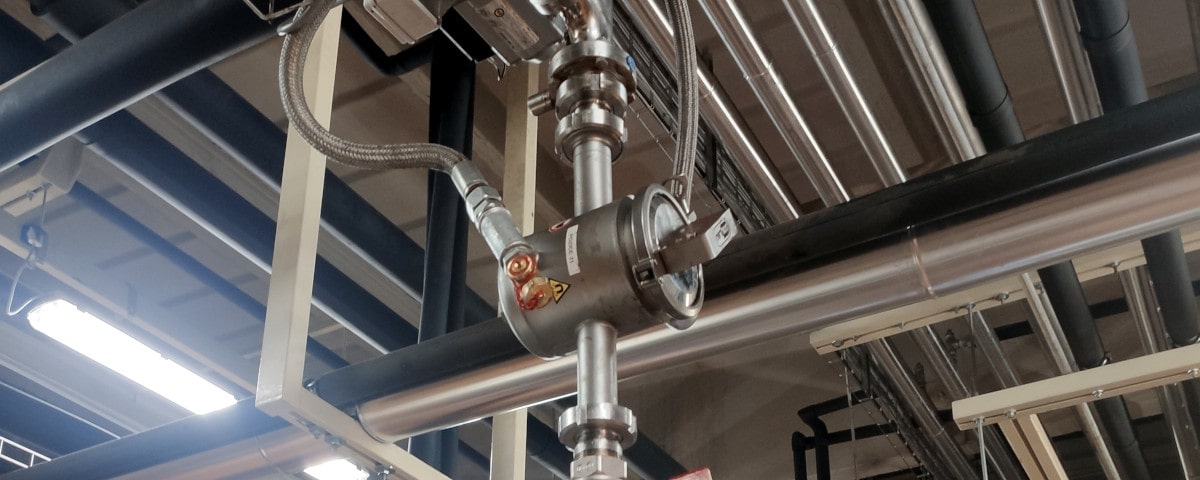
Mode of the material transport
Some types of magnetic separators can be used universally, while others are applicable only for a specific transport type (e. g. free-fall, pneumatic or belt transport).
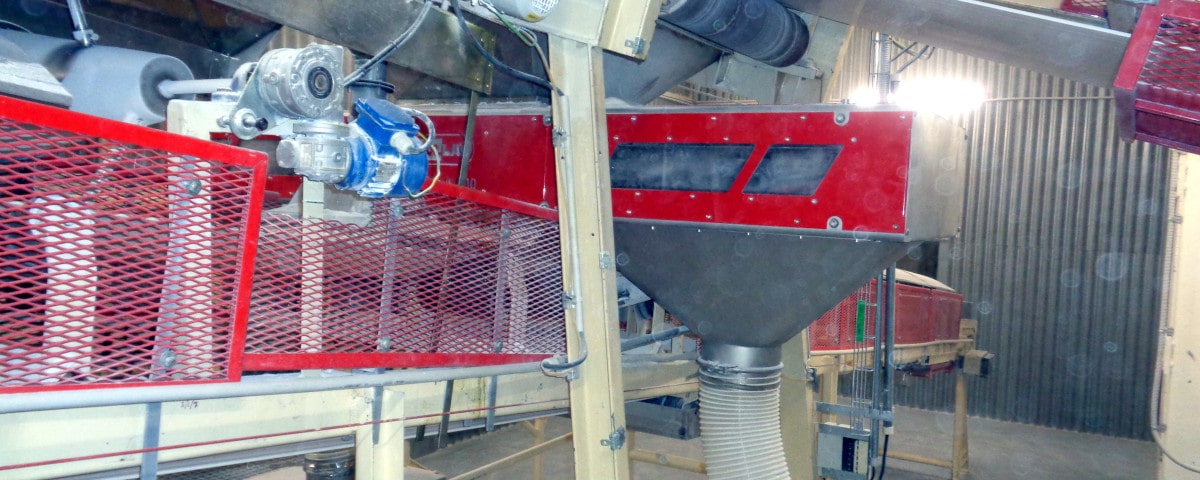
Variety of the separation equipment
In general, magnetic grates are often used to separate ferrous contamination from granular-type products without bridging characteristics. Special pneumatic line magnets are used in pressure conveying lines. For cleaning materials with some abrasive or bridging properties there can be applied for example chute magnets (= deep reach separators), plate magnets, magnetic drums or pulleys. And if you need to clean highly abrasive materials, you can opt for e. g. overband or suspended magnets, as they do not get into a direct contact with the cleaned material = they cannot be blocked or damaged by this material.

Pipeline magnets or special types of separators such as magnetic coolant separators, wet high intensity permanent magnetic separators are mostly used for cleaning liquids. Self-cleaning grate magnets, overband magnets, magnetic drums and pulleys are used for the automatic cleaning without the interruption of the material flows. And the non-ferrous metals are separated by eddy current separators (fitted with powerful magnetic rotors).
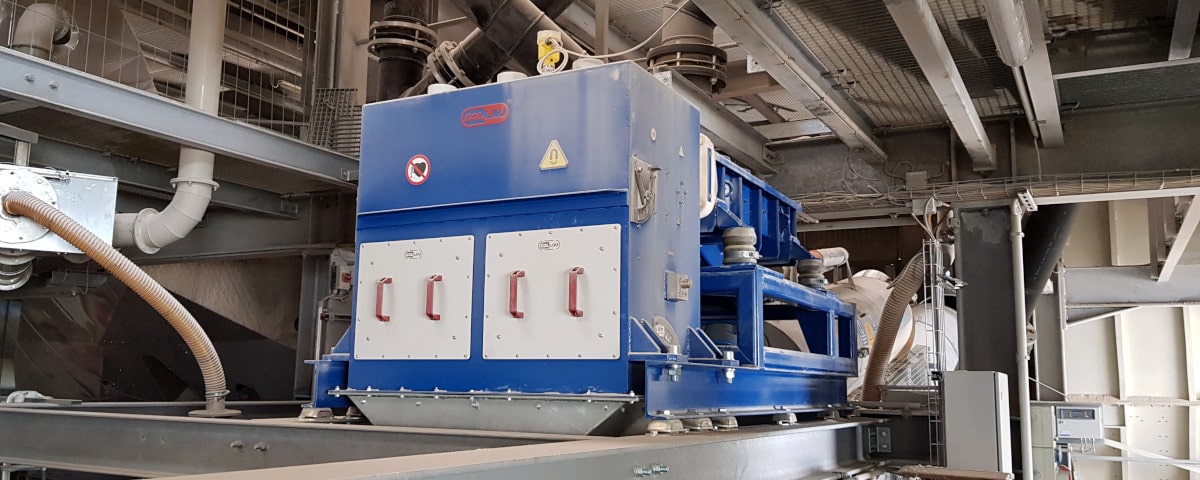
Expert recommendation
Selecting the proper magnetic separator can be a rather complex matter, however, our experienced technicians are ready to develop for each client exactly such a magnetic solution that will meet his individual needs and requirements in the best and most effective way.
